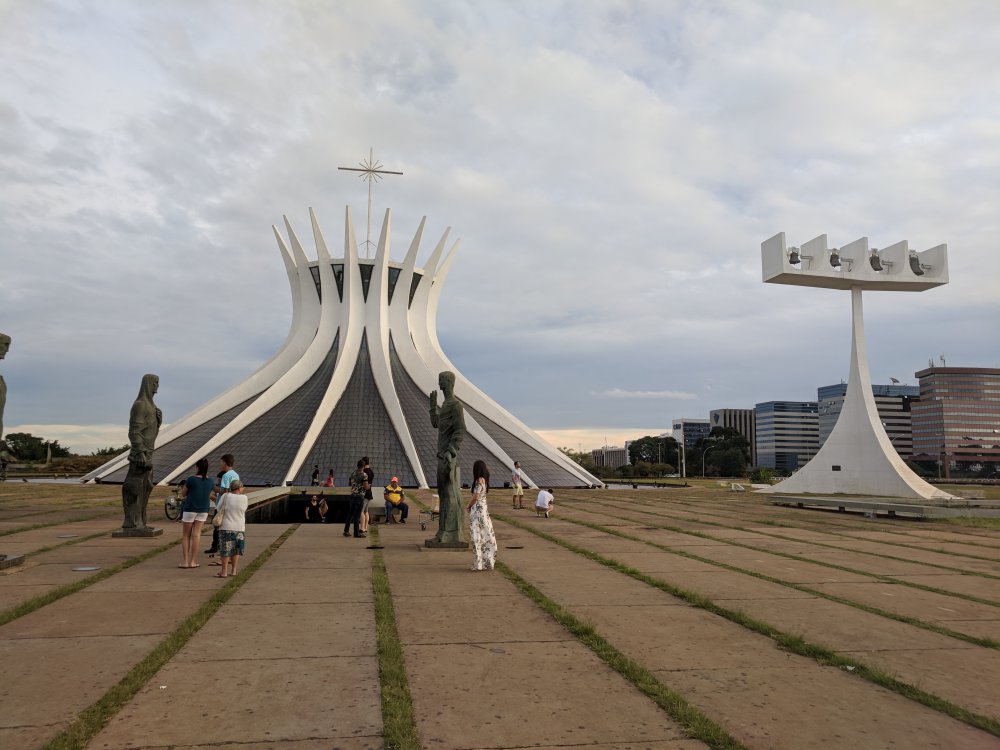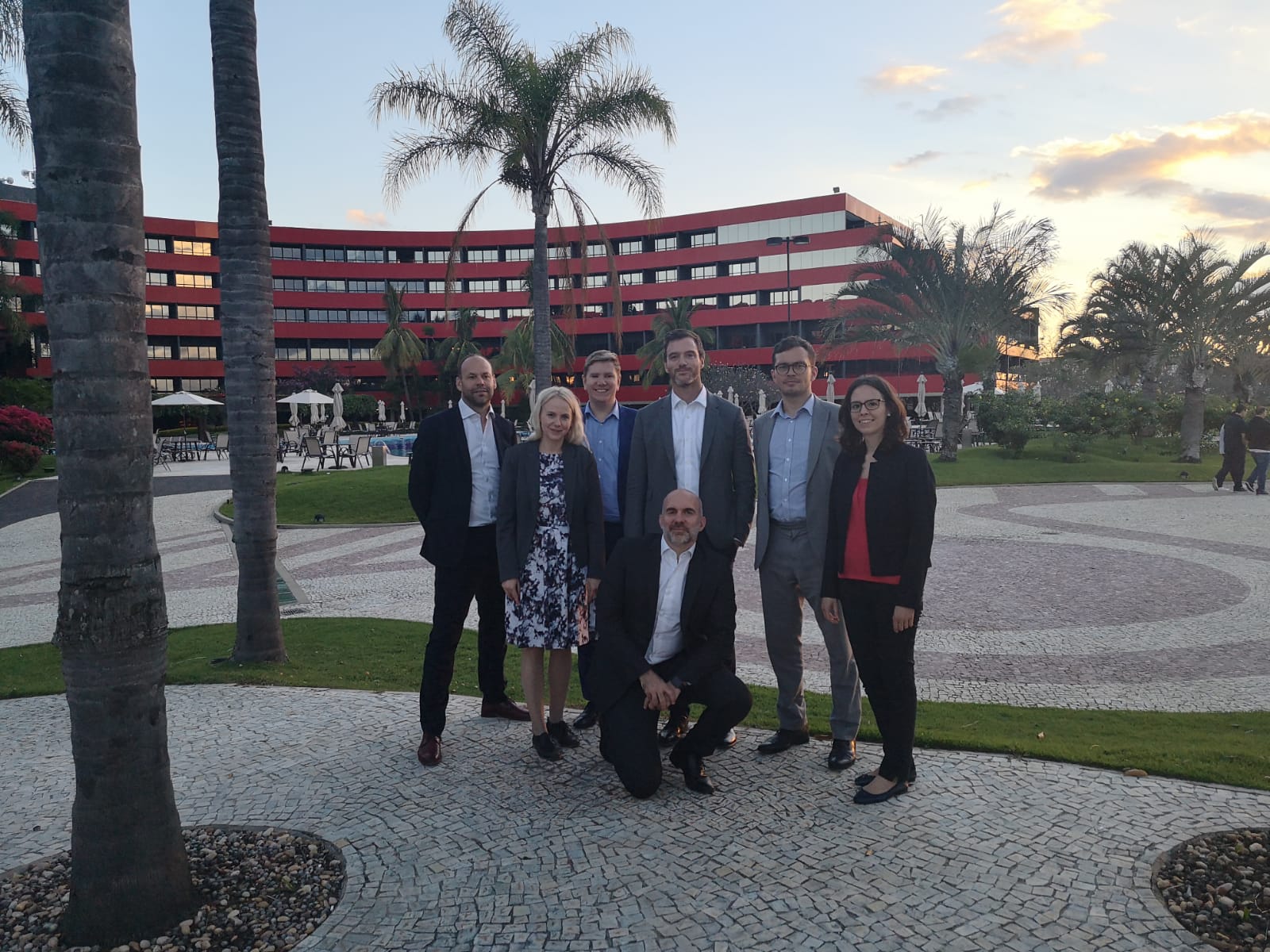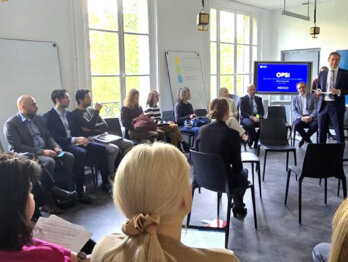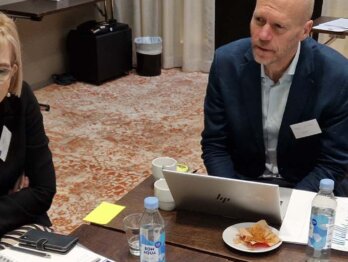Learning about public sector innovation systems in Brasilia

What does an effective public sector innovation system look like? What even is a public sector innovation system? And why does it matter?
As part of the work done here at the Observatory of Public Sector Innovation, we’re working with countries to explore these questions and to try and provide some guidance. In a fast changing world, we argue that governments must move innovation from being a somewhat sporadic activity (something that is often ad hoc or in reaction to particular circumstances) to one that is systematic (innovation as a resource that can be reliably and consistently drawn upon). Innovation must move from a ‘nice to have’ to being a core competency. This is not only so that governments can stay relevant and effective, but also so that they can help shape and guide the change that occurs, rather than simply reacting to it.

Yet identifying what such a public sector innovation system is, and what it should look like, is a somewhat challenging feat. Innovation systems are dynamic and path-dependent – how they look, what they include, and what they should include will depend very much upon what has gone before. This means that it is very important to fully understand the context, and the lived experience of innovation. It is not enough to simply have a model and to note what is there and what is not – it is necessary to really appreciate what innovation is like, what the factors are and how they relate, and what the level of ambition and need is.
To truly understand such a context is not an easy thing. In our first public sector innovation system review (with the Public Service of Canada) we undertook interviews, workshops and discussions with close to 200 people, and spent several weeks on the ground, trying to understand the dynamics. (We hope to be sharing the results of this first review soon).
Review of the public sector innovation system of Brazil
For our second public sector innovation system review, we are working with the Ministry of Planning and ENAP (the National School of Public Administration) in the federal government of Brazil. As we proceed with the innovation review, we’d like to share some of our thoughts and observations as we go, in order to help us reflect but also to hear from others who might have relevant insights to share. We undertook our first mission to Brasilia to undertake initial exploratory interviews in late May, and spoke with a range of actors from across the system to start to get a sense of the issues, the players, the institutions, and the events that have shaped the current situation.
We undertook this first mission with our colleagues from the Public Employment and Management team, a fellow group here within the Reform of the Public Sector division. Our work is premised on an emerging model that identifies three lenses of analysis – at the individual, the organisational, and the system levels. Our colleagues are undertaking a simultaneous review of innovation skills and leadership in Brazil’s senior civil service. This work links the ‘individual’ lens – the capabilities and motivations of individual actors – with the specific institutional features of the Brazilian public sector to increase and improve public sector innovation. Our team was looking at the underlying dynamics shaping the performance of the public sector innovation system.
Initial observations from the field
From the first stage of our investigation, it was clear that Brazil has had some of the things that are relatively common in this field:
- An award of Excellence in Public Management, established in 1996, which has recognised a number of significant innovations
- Various reform efforts and ongoing work to reduce red tape and to ‘debureaucratise’ the public sector
- The creation of a number of innovation labs across the system, applying an array of techniques and methods such as behaviour insights and design thinking
- A range of examples of innovation, from the significant to the more operational/low-level.
There were also features that are starting to be seen more often across countries. These included:
- The development of a government-wide innovation network, InovaGov (that also brings in relevant players from outside of government),
- The establishment of an Innovation Week (Semanas de Inovação) for events on public sector innovation
- Various efforts to provide more emphasis on public sector innovation
- A lot of work around digital services.
And there were some things that I found interesting or noteworthy for what they told me about the system, such as:
- The country established a Ministry for Debureaucration in 1981. I think this is a relatively early applied example of such thinking. While it occurred during the military dictatorship, it still demonstrates a history of concern with the concept
- In the last thirty years there has been considerable work and thinking done around citizen engagement and putting a focus on the citizen, another important ingredient for innovation
- The introduction of a program, Simplifque, a system by which citizens can ask for any government service or interaction to be simplified, with a set time in which agencies must respond with either justification of why the change cannot be made (though these are overseen by the internal audit function, and thus must be considered responses) or a commitment to undertake further action.
At the moment we’re working through our notes and seeking to capture the core issues and to try to start putting a mental picture of the system together. What is driving innovation? What is limiting it? What has already been tried, and where has there been consistent success in driving innovation in order to get better results and outcomes for citizens?

There’s much more to the public sector innovation system than all of these things of course. Part of the challenge of this work is understanding who are the key actors and what are the things that matter most. Any innovation system has barriers or blockages in terms of innovation – some intended and some not. Working out which ones matter most in practice takes work. And different countries have different operating environments, with different beliefs, traditions, systems and histories that shape the context.
In the case of the federal public service of Brazil, the concern with the potential for corruption is significant, and thus there has been considerable effort to avoid it. This concern has usually manifested itself through rules and controls to ensure that things are done as intended or as spelt out in the law. Yet, innovation usually involves some degree of empowerment and the use of discretionary authority. The trick is to find a balance that enables innovation to occur within the limit imposed by the law, but ensures that innovation is not held back by any perceived association with misallocation or misuse of funds. This is no easy task. I expect as we work through the review we will find further issues that illustrate the tensions between different forces and drivers and that may be inhibiting the government’s ability to draw on innovation as a reliable resource.
Next steps
Part of our next set of steps will be to codify all of that so that we can test our picture of the public sector innovation system with those who operate within the system. Our aim is to help reflect the system back, in order to help make the implicit into the explicit, and to provoke some discussion of whether that is the system that is wanted or that will be sufficient to deliver on what is needed or expected from future governments and citizens. For those who are interested, we will share elements of our observations and insights through further blog posts over the remainder of this year.
If you have any thoughts to add, please feel free to comment below or get in touch with us at [email protected] or @OPSIgov.










